
Verbal and Nonverbal Communication
Lesson 1: Listen. Watch. Learn. — Verbal and Nonverbal Communication
Lesson 2: Understanding Verbal and Nonverbal Communication with Alexander Lyon
Welcome to your second lesson in the Verbal and Nonverbal Communication short course. In this session, we’re joined by Alexander Lyon, a communication expert who takes us deeper into how our words — and the signals that accompany them — shape every interaction.
Your Body Is Speaking Louder Than Your Words
Even when you are completely silent, you are broadcasting information. Nonverbal communication is a constant stream of data transmitted through your facial expressions, posture, gestures, eye contact, and even your appearance. The first step toward mastering this channel is understanding how to both read others’ signals and become aware of your own. Observing others’ body language is an act of empathy, allowing you to better understand their unspoken feelings.
Simultaneously, self-awareness is the critical foundation for becoming a more effective communicator. Understanding what messages your own body language sends allows you to ensure your physical presence supports, rather than contradicts, your spoken words. This awareness allows you to communicate with confidence, ensuring your message is received exactly as you intend.
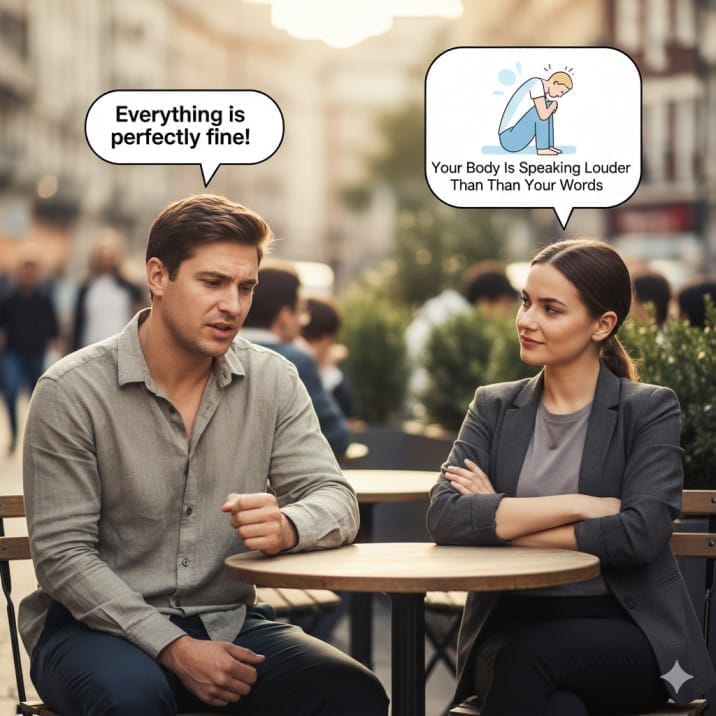
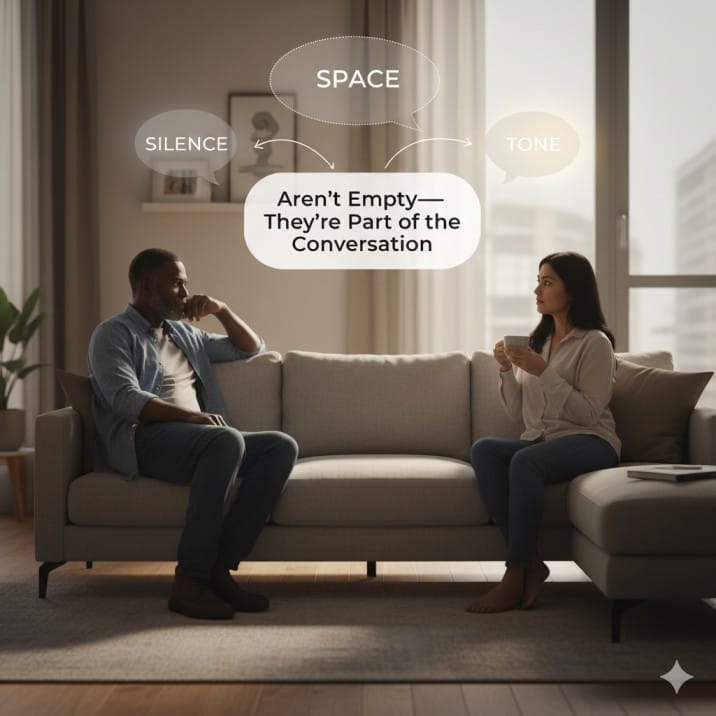
Silence, Space, and Tone Aren't Empty—They're Part of the Conversation
A common misconception is that silence is an absence of communication; in reality, it is a powerful tool. An intentional pause can add emphasis, convey seriousness, or give others time to process information. Similarly, the physical distance between people—the study of which is known as proxemics—sends a powerful social message about relationships and comfort levels. Finally, your tone of voice, including its pitch, volume, and pace, can dramatically alter the meaning of spoken words, turning a simple statement into a question, a command, or a sarcastic jab.
Mastering these elements is a strategic advantage. In a negotiation, for instance, pausing for three seconds after an offer is made—without changing your facial expression—can signal confidence and compel the other party to elaborate or reconsider their position. By using silence, space, and tone intentionally, you can manage the flow and emotional weight of any conversation.
A Friendly Gesture in One Place Can Be an Insult in Another
One of the most crucial principles of nonverbal communication is that its signals are not universal. What is considered a polite gesture, a normal amount of personal space, or an appropriate level of eye contact in one culture may be interpreted as rude or aggressive in another. A cue that signals agreement in one part of the world might be seen as deeply offensive elsewhere.
This is where emotional intelligence becomes essential. True communication mastery in today's interconnected world requires the empathy to recognize that nonverbal cues are culturally specific. This awareness is not just about avoiding unintentional offense; it is a direct application of emotional intelligence that fosters stronger, more respectful, and more effective global relationships.
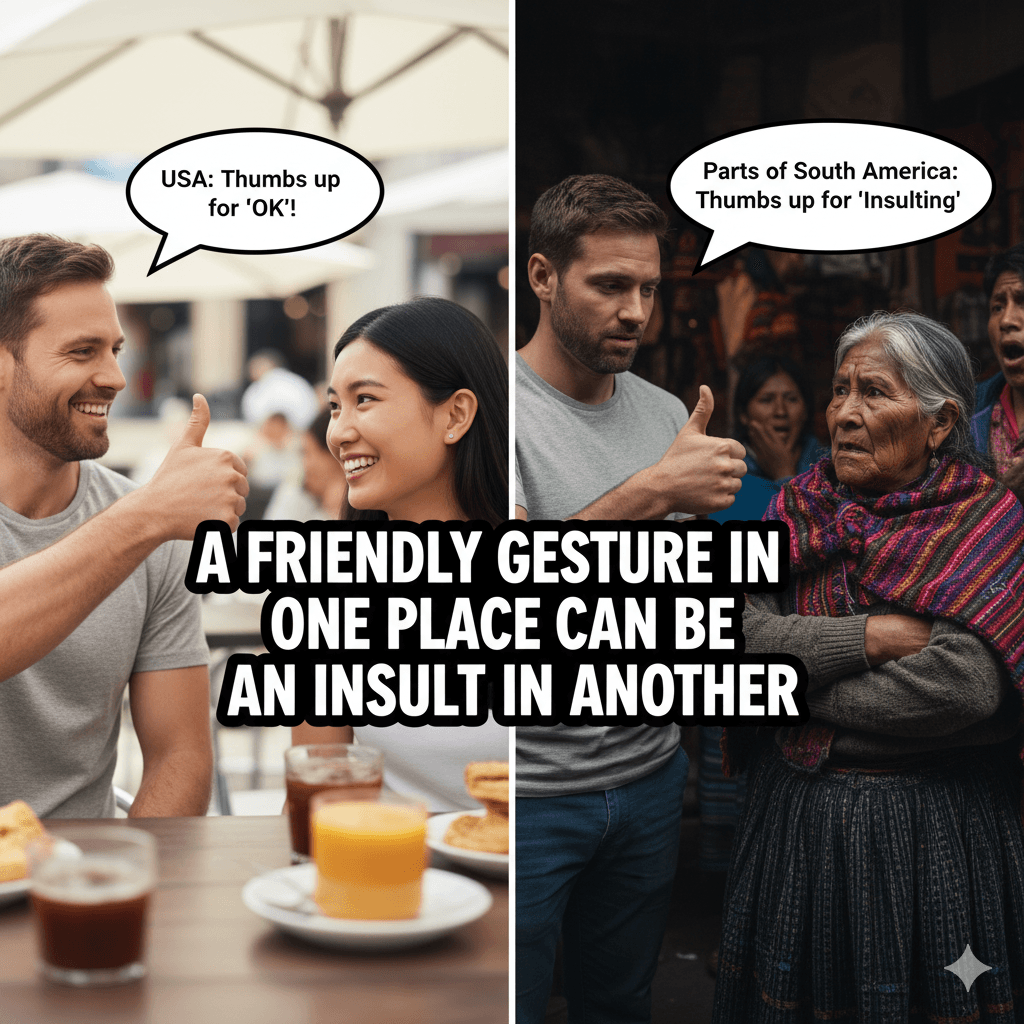

Trust Is Built When Your Words and Actions Align
Have you ever listened to someone offer praise in a flat tone while avoiding eye contact? This is a "mixed message," and it instantly erodes credibility. When verbal communication says one thing and nonverbal communication says another, people instinctively believe the nonverbal cue. This incongruence is the ultimate communication failure, occurring when the principles we’ve discussed are ignored. A mixed message is what happens when your words are positive, but your posture (Section 1) is closed off, your use of space and tone (Section 2) creates distance, and your gestures (Section 3) are misaligned with the cultural context.
Consistency is the foundation of authentic communication. Integrating your verbal and nonverbal messages ensures that you are perceived as credible and trustworthy. This alignment is what transforms simple speech into powerful, genuine connection.
Conclusion: Your Unspoken Impact
Effective communication is a holistic skill that seamlessly integrates what we say with what we do. It’s not just about choosing the right words, but about ensuring your tone, posture, and gestures all deliver the same cohesive message.
The key to this is cultivating the lifelong habit of reflective communication—the practice of actively reviewing your own interactions. This means asking yourself questions like, "How was my tone perceived?" or "Did my body language match my intent?" to foster continuous improvement.
Ultimately, mastering communication requires an understanding that you are always sending a message. The only question is whether it's the one you intend.
What is your body language saying about you when you're not speaking?
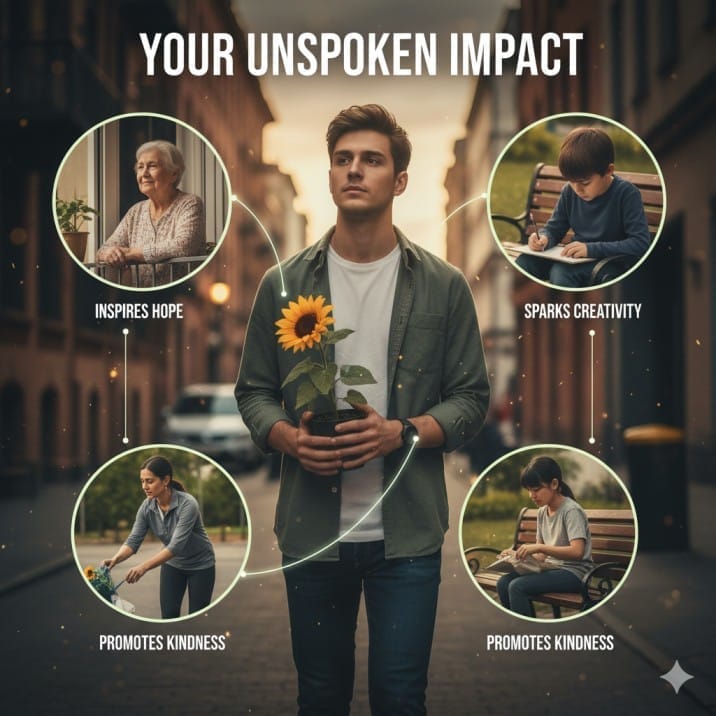
Final Thoughts: Wrapping Up Your Short Course
You’ve reached the final part of your Verbal and Nonverbal Communication short course — well done! The video below is designed to bring everything together and clear up any remaining questions you might have about using verbal and nonverbal communication effectively. It’s a short but powerful recap that helps you connect all the ideas we’ve explored — from understanding how words carry meaning to recognising how gestures, tone, and body language add depth to every message.
Enroll for the Full Course
Take Your Communication Skills to the Next Level
Ready to go beyond the basics? Enroll in the full course, Communication Mastery: From Listening to Leadership, and unlock the deeper tools to communicate with confidence, empathy, and impact.
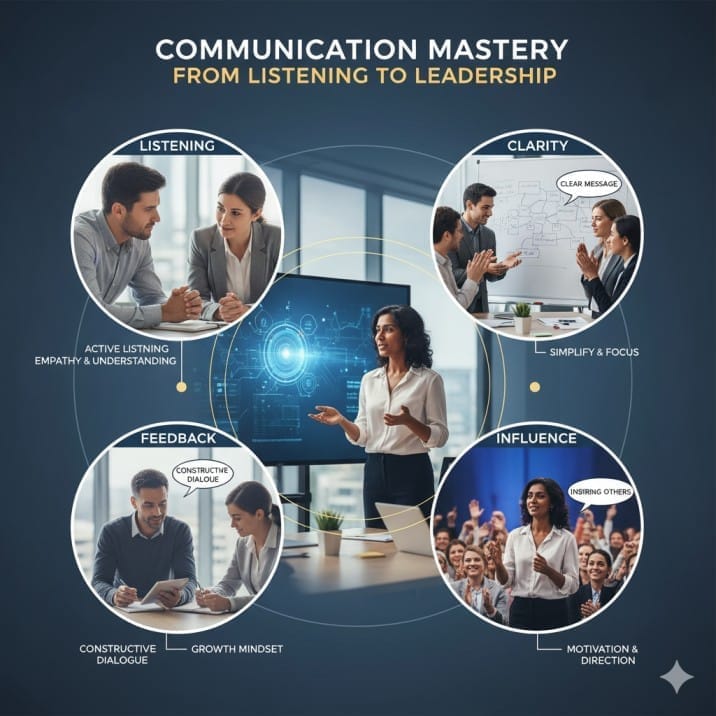
Get in touch with our expert team today — we’re just a call or WhatsApp away!




|
Naomi Venter
Meet. Create. Grow.
|
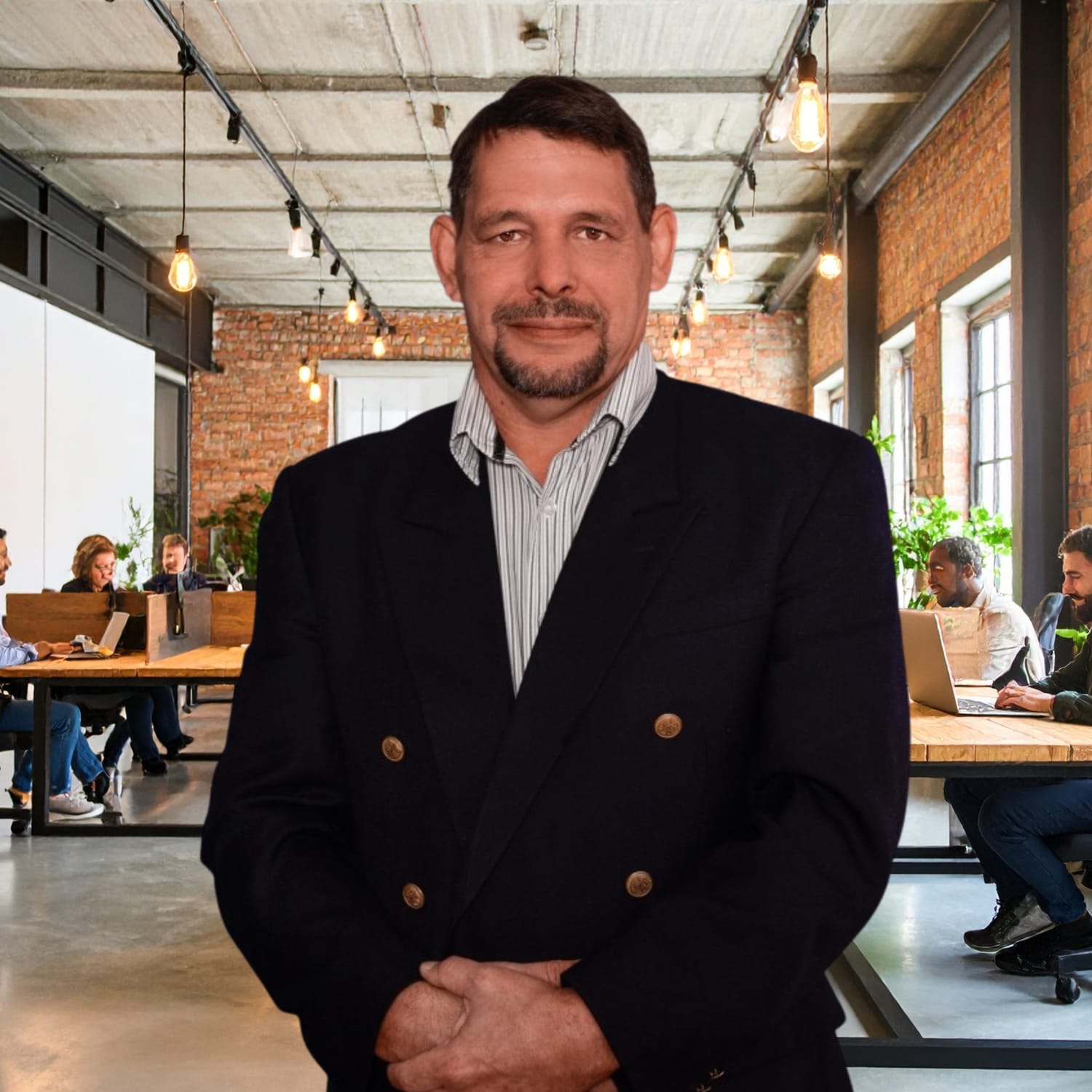



|
Samuel J. V. Vuuren
Meet. Create. Grow.
|




|
Nelly Agboola
Meet. Create. Grow.
|




|
Zurica Mitchley
Meet. Create. Grow.
|
GET IN TOUCH
Contact Us
Contact Us
Book your viewing today and discover more in person.
Open Hours
Mon-Fri: 9 AM – 6 PM
Saturday: 9 AM – 4 PM
Sunday: Closed
Contacts
267 Oak Avenue, Ferndale, Johannesburg, South Africa.
Email: team@synchub.space
Visit Us
SyncHub Co-working Space
267 Oak Avenue, Ferndale, Johannesburg, South Africa






